add bottom plinth to existing door casing?
yellowpups
13 years ago
Related Stories

MOST POPULARHow to Add a Backyard Shed for Storage or Living
Need a home office, a playspace or extra room for your stuff? Learn about off-the-shelf, prefab and custom sheds
Full Story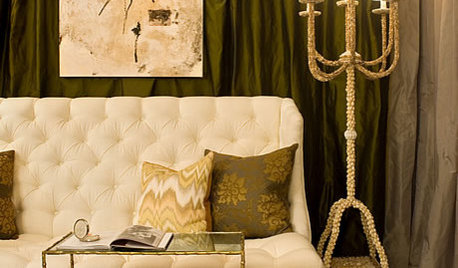
DECORATING GUIDESAdd a Metallic Edge with Nailhead Trim
See what a line of studs or nailheads can do to upholstery, wood furniture, doors and more
Full Story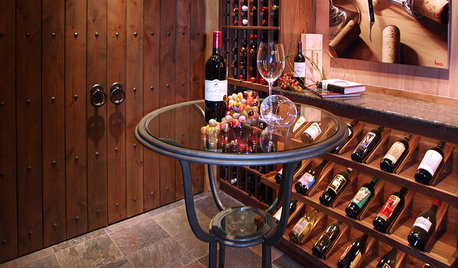
WINE CELLARSFrom Run-down Basement to Bottoms-Up Wine Cellar
See how a dreary storage room and mechanical space became a sophisticated wine cellar and tasting room
Full Story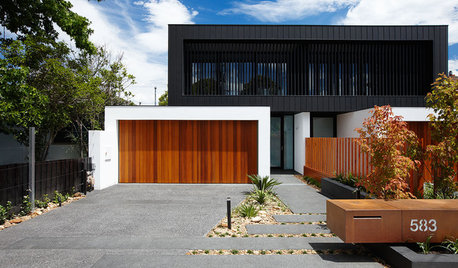
EXTERIORSMini-Me Mailboxes Add Curb Appeal
The spitting image of their parents or merely sharing some genes, these mailboxes show that good design goes beyond the front door
Full Story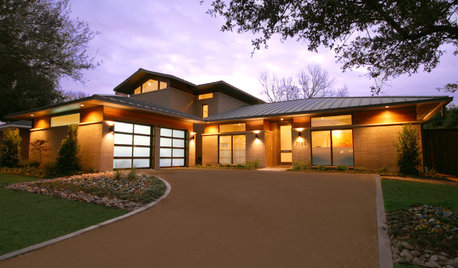
REMODELING GUIDESOutfit a Ranch Remodel in Updated Style, Top to Bottom
Get ideas for lighting, tiles, accessories, window coverings and so much more, to make your ranch renovation easier
Full Story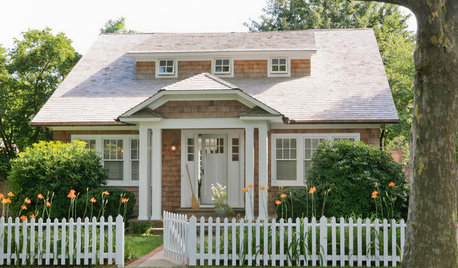
DECORATING STYLESOutfit a Cottage-Style Remodel, Top to Bottom
If you're renovating with a cottage look in mind, these fixtures, finishes and accessories will bring on the charm
Full Story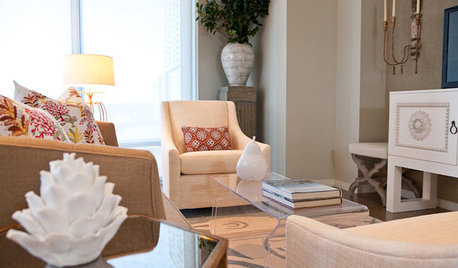
DECORATING GUIDESRoom of the Day: Designer Outfits a Condo Top to Bottom in 5 Weeks
Soft touches warm this modern Texas living space, and bold colors brighten the neutral palette
Full Story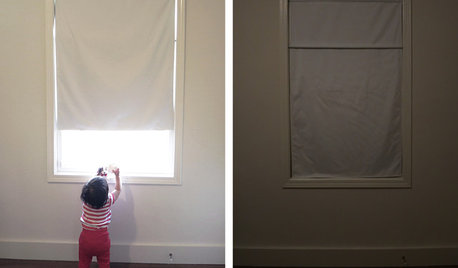
DIY PROJECTSHow to Make a Top-Down, Bottom-Up Window Shade
Block light and control privacy high or low with a no-frills magnetic covering you can whip up for less than $30
Full Story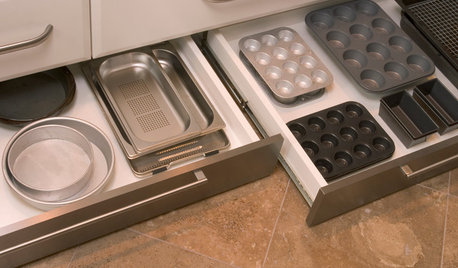
GREAT HOME PROJECTSHow to Add Toe Kick Drawers for More Storage
Great project: Install low-lying drawers in your kitchen or bath to hold step stools, pet bowls, linens and more
Full Story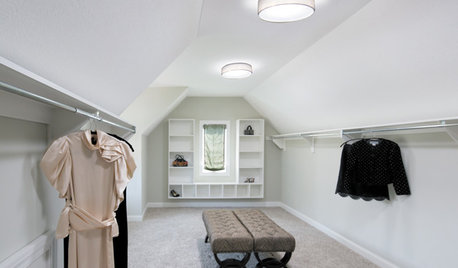
GREAT HOME PROJECTSHow to Add a Skylight or Light Tube
New project for a new year: Increase daylight and maybe even your home’s energy efficiency by opening a room to the sky
Full StoryMore Discussions








sombreuil_mongrel
bobismyuncle
Related Professionals
Billings Cabinets & Cabinetry · Gaffney Cabinets & Cabinetry · Reading Cabinets & Cabinetry · Warr Acres Cabinets & Cabinetry · Crest Hill Flooring Contractors · Davie Flooring Contractors · Golden Glades Flooring Contractors · Kansas City Flooring Contractors · Moorhead Flooring Contractors · Wyoming Flooring Contractors · Greer Furniture & Accessories · Lebanon Furniture & Accessories · Memphis Furniture & Accessories · Aventura Furniture & Accessories · Holliston Furniture & Accessoriessomeone2010
yellowpupsOriginal Author
brickeyee
someone2010
MongoCT
brickeyee
karinl
yellowpupsOriginal Author
karinl